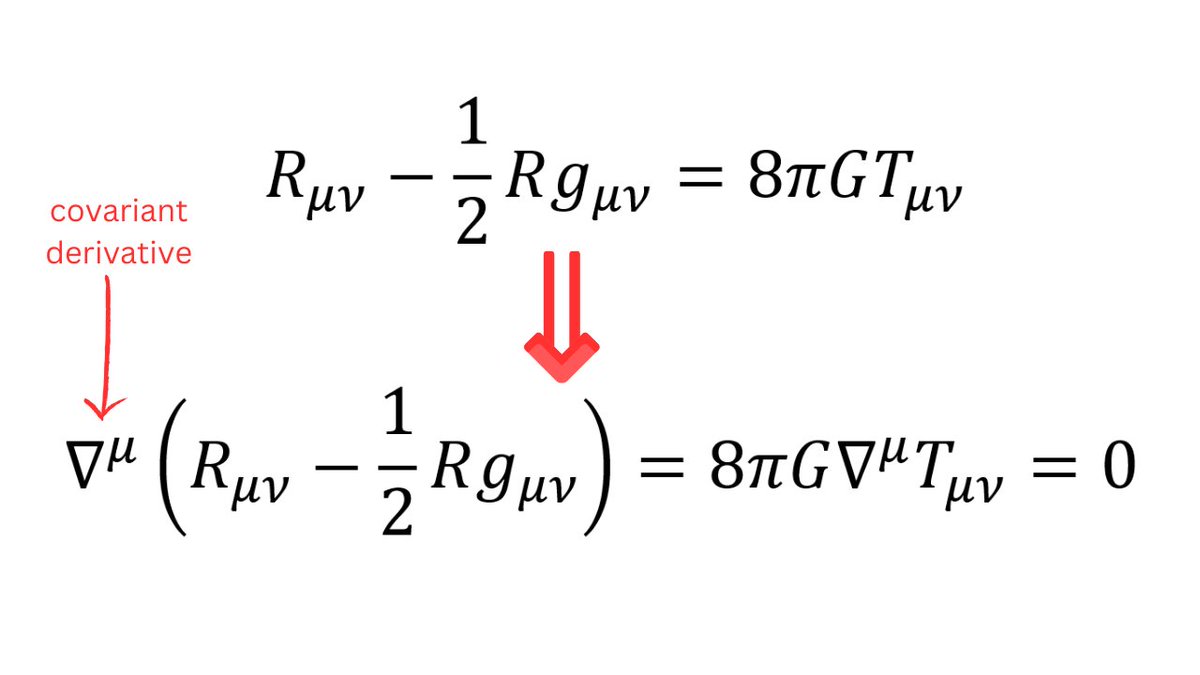Let's do a small thread on D-Branes and their charges. Before starting, let's review some familiar concepts so that it is easy to understand what follows. 1/13
#Physics #SciComm #Dbrane #strings #research
#Physics #SciComm #Dbrane #strings #research

In electrodynamics (using Newtonian space and time) the magnetic field is represented by a vector potential A. In order to describe the electric field, we need another scalar quantity called the scalar potential. 2/13 

In special relativity, the scalar & the vector potentials can be combined into a vector potential but this potential is a four-vector. This potential which has one index is called a 1-form (or one-form). 3/13 

We can think of this potential as the electromagnetic (EM) field (knowing this potential gives us the electrical and magnetic fields). This field can influence an object only if that object has an electrical charge (or in principle, magnetic charge) 4/13
We know that the (fundamental) objects (in 4D spacetime) that carry electrical charge are point particles (in other words, point particles are 'sources' of EM fields). All the other things that carry electric charge are made up of particles and aren't fundamental.
5/13
5/13
Now we can have a generalized version of the vector potential which we call p-forms i.e. they are mathematical objects with p indices (a technical but unimportant point here is that these objects should be antisymmetric in all the indices). 6/13 

Particles have no spatial extent i.e. they have 0 space dimensions. They're sources of a 1-form field (i.e. EM field). Objects with p space dimensions are sources of a (p+1)-form field e.g. a string has 1 space dimension and thus, it should be the source of a 2-form field. 7/13
Let's talk about type II A & type II B string theory. Both have a 2-form field called the Kalb-Ramond field or simply, the B field. The fundamental strings are sources of this B-field. Both of these theories also contain additional p-form fields called the RR fields. 8/13
Type II A has 1,3,5,7 and 9-form RR fields. So, in this theory, we must've objects with 0,2,4,6, and 8 dimensions which're sources of these fields. These objects are the Dp branes. A Dp brane has p space dimensions. So, type II theory must have D0, D2, D4, D6, and D8 branes. 9/13 

Similarly, type II B has a 0-form, 2-form, 4-form, 6-form, 8-form, and 10-form RR fields. Therefore in this theory, we must have objects with -1,1,3,5,7 and 9 dimensions which are sources of these fields. These sources are D(-1), D1, D3, D5, D7 and D9 branes. 10/13 

D(-1) might look nonsense but it is a sensible object called the D instanton. The p in Dp brane can also be seen as (spacetime dimension of the brane) -1. This is again the number of space dimensions but if spacetime dimension=0 (which is true for instanton), then p=-1. 11/13
The branes discussed above are the stable D branes in the type II theories. They're stable as they carry RR charges and they must be conserved (e.g. an electrically charged particle can't decay without leaving anything because that'll violate electric charge conservation). 12/13
There are some branes in string theory and M theory that I didn't talk about. These include NS5 brane (which has magnetic charge under the Kalb-Ramond field), M2 brane, and M5 brane (which are found in M theory). M2 & M5 carry electric and magnetic charges respectively. 13/13 

• • •
Missing some Tweet in this thread? You can try to
force a refresh
















